Longarm Quilting for Beginners Part 4: Tension and Needles
In part four of our series for longarming for beginners, we will discuss two critical factors for quality stitching–needles and tension. As a longarm quilter, you’ll want consistent stitching on every project. But you’ll find that if you are using different types of batting, fabric and thread, you may need to make adjustments to get a perfect stitch.
BERNINA Sewing Needles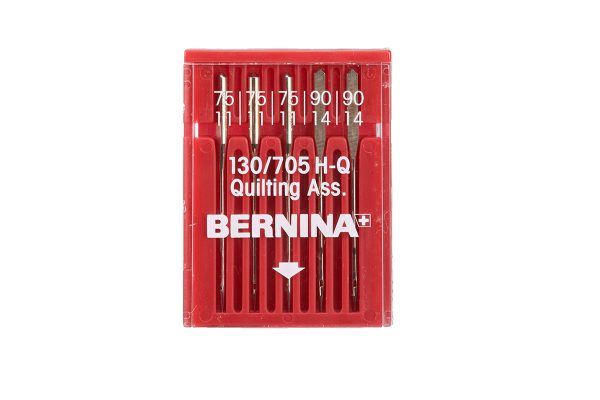
Unlike the needles that most longarm use, the BERNINA Q Series uses a domestic Needle. Domestic needles have a flat part on the back and it makes it much easier to put the needle in and get it correct. With the flat part in the back, you can only insert the needle one way. This means that there is no chance that you can accidentally insert the needle incorrectly. The needle type is 130/705. Most likely you already have some of these needles in your sewing machine accessories. Because we can use a standard domestic needle, it also opens up a wide range of threads that we can use. Metallic thread? Sure, just use a Metafil needle. Want to use a heavier thread like a 40 or a 28 weight? Use a Topstitch needle or a Jeans needle. This domestic needle type opens up a whole new world to us of the threads that we can use. We can even use twin needles!
When making the choice for the needle to use, you will first want to consider the thread. The needle and the thread work together to make that beautiful stitch we are all looking for. The thread should lay nicely in the groove in the front of the needle. If the thread is too thin for the groove in the needle you could get skipped stitches or even damage the thread because it moves around too much in the groove. If the thread is too thick for the groove, this too can cause you trouble. The thread can rub on the edge of the groove and can cause a jam just under the stitch plate. The outcome of this too could be thread breakage.
There are many specialty needles out there for us to use. Always start with the needle that matches your thread the best. We should also include in the decision the needle type we need for our project. The different types of needles include; quilting needles, jeans needles, top stitch needles, ballpoint needles, metafil needles and microtex/sharp needles, just to mention a few.
A Quilting Needle is tapered with a slightly rounded point. This taper lets you penetrate the fabric easier and is great for machine piecing as well as machine quilting.
The Jeans Needle comes in many sizes to fit you threads. It has a modified point that is slightly rounded. This point allows you to stitch denim and many other fabrics. The Jeans Needle is one of my favorite needles to use in my longarm for machine quilting.
The Topstitch Needle is a great needle to use when you want your stitches to stand out when using a little heavier thread. The needle helps you get a straighter and more even stitch with the heavier threads.
Ball Point Needles could be used for a T-shirt quilt for both piecing and quilting. The rounded ball at the point of the needle is used to roll between the interlocking knit fibers of the t-shirts and not damage or break the fibers.
Metafil Needles are used with metallic threads and other specialty threads. They are sometimes called Metallic needles. This needle has an elongated eye to help prevent the metallic thread from shredding or breaking.
Microtex Needles are sometimes known as sharp needles. They have a very thin and acute point. The larger sizes can be used for machine quilting and the 70/10 is great for piecing with a thinner thread.
NOTE: The information above about needles is from Schmetz Needle Guide. Click HERE to download a very helpful needle chart from Schmetz.
Thread Tension Longarm Quilting
With all of the thread we can use, it is important to be in control of the thread tension. We have full control of both the top thread and the bobbin thread tensions. The top thread is set right on the interactive screen of the machine. When you touch the tension icon on the upper left of the screen, a secondary window opens and you can use the plus and minus icons to adjust the tension or simply move the slide. You can even test your new settings with this window open. Just press the foot control or Start/Stop function on the toggle programmed to start the stitching. The changed tension setting for the top thread can be saved in the User Profiles in the machine so that you can get right back to it when you use the same thread again.
The bobbin thread tension is just as easy to set also. The Bobbin Tension Gauge comes with the Q Series as a standard accessory. Just wind your bobbin on the Q Series and set your tension at the suggested 220mN and you are ready to stitch.
To obtain the perfect balance on the top thread and the bobbin thread, here are a few helpful things to know.
The top thread and the bobbin thread should meet and lock in the center of the layers of your quilt. You would first set your bobbin tension and then fine-tune your top thread tension. Remember the wrong size and type of needle can affect tension as well as incorrect threading of either the top thread or the bobbin thread.
If you are seeing the bobbin thread come up to the top of your quilt, the top thread tension is too tight or the bobbin tension is too loose. First, rethread. You would be surprised at how often this will fix things!
If the problem is not resolved after rethreading, lower the top tension. Continue to work with the top tension. But if you have to go too low, then try increasing the bobbin tension. You just don’t want your stitches to be loose. A correct balance is important to both the look and the longevity of your quilt.
If you are see the top thread pulled all the way to be back side of the quilt, then your bobbin tension is too great or your top thread tension is too low.
First, rethread—you would be surprised at how often this will fix things! If the problem is not resolved after rethreading, raise the top tension. When increasing the tension on the top thread it should pull up the bobbin thread. If you were to have thread breakage, you may want to decrease the bobbin tension to make it easier to pull the thread up to the middle.
With a mastery of needles and tension, you’re sure to have perfect stitching on any project – thick or thin, cotton fabric or t-shirt quilt—the possibilities are endless!
BERNINA Logarm Quilting for Beginners Series
What you might also like
5 comments on “Longarm Quilting for Beginners Part 4: Tension and Needles”
-
-
You are very welcome. It is an amazing journey and you are going to love it. Happy Quilting.
Denise
-
-
Denise, I’m curious as to why Jeans needles are your go-to choice for the Q24 rather than Quilting needles with the tapered point designed specifically for piercing the layers of a quilt sandwich. Schmetz says that the “specially reinforced blade” of their Jeans needles “minimizes needle deflection.” Do you find that this characteristic of Jeans needles makes them less susceptible to directional tension changes caused by needle flex on a frame-mounted long arm machine?
-
I have a Q20 that seems to have a mis-calibrated upper tension. Using Glide poly thread, with a bobbin set to 220mN, the upper tension number has to be lowered to 0.5 to achieve thread balance. I was expecting to get balance with a higher number, say 4.0. Upper tension just seems overly tight. Does this seem normal? If not, is there a remedy? (I check balance by stitching in a quilt sandwich and then carefully un-doing the stitches for a few inches. If tension balance is correct, the undone upper and bobbin thread lengths will be the same.)
-
Hi,
I do feel that having to use a 0.5 top tension is a little unusual. You could reduce your bobbin tension to a lower mN would be one way to correct the balance of the stitching. How ever I would suggest that you contact your dealer and have them take a look at your machine.
Thank you,
Denise
-
Leave a Reply
You must be logged in to post a comment.
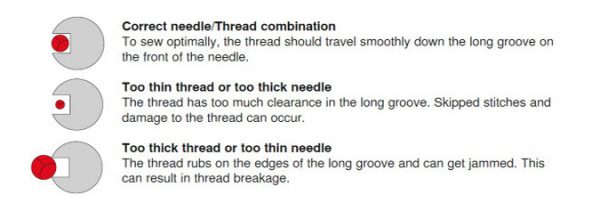
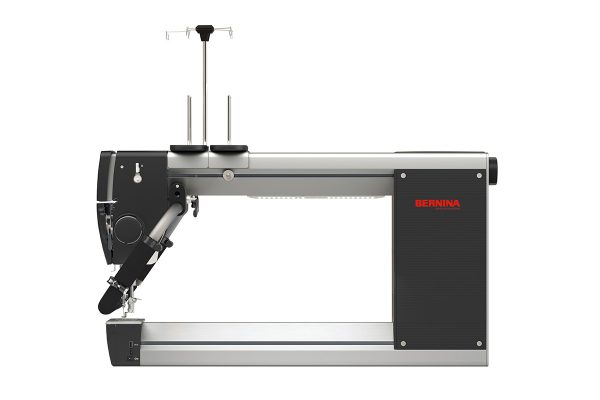
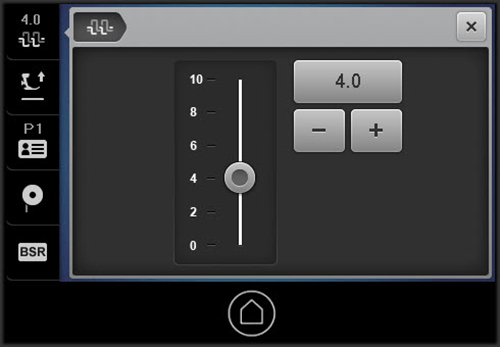
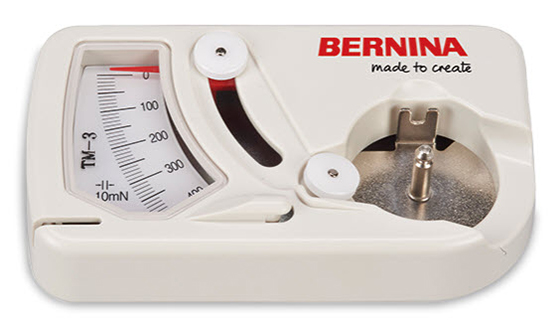



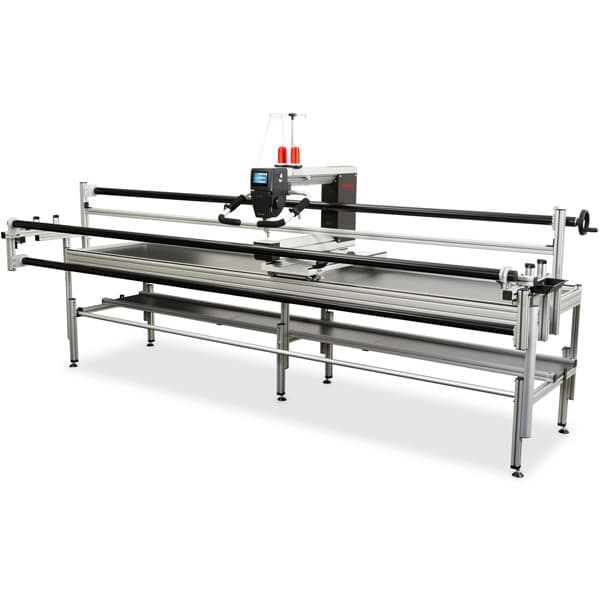
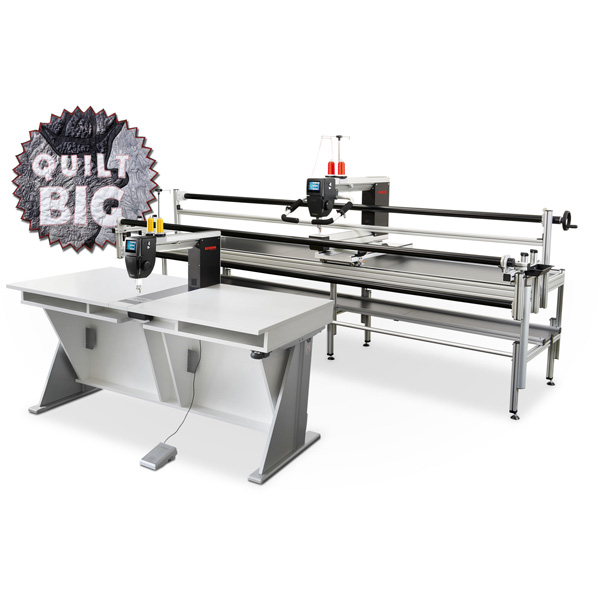
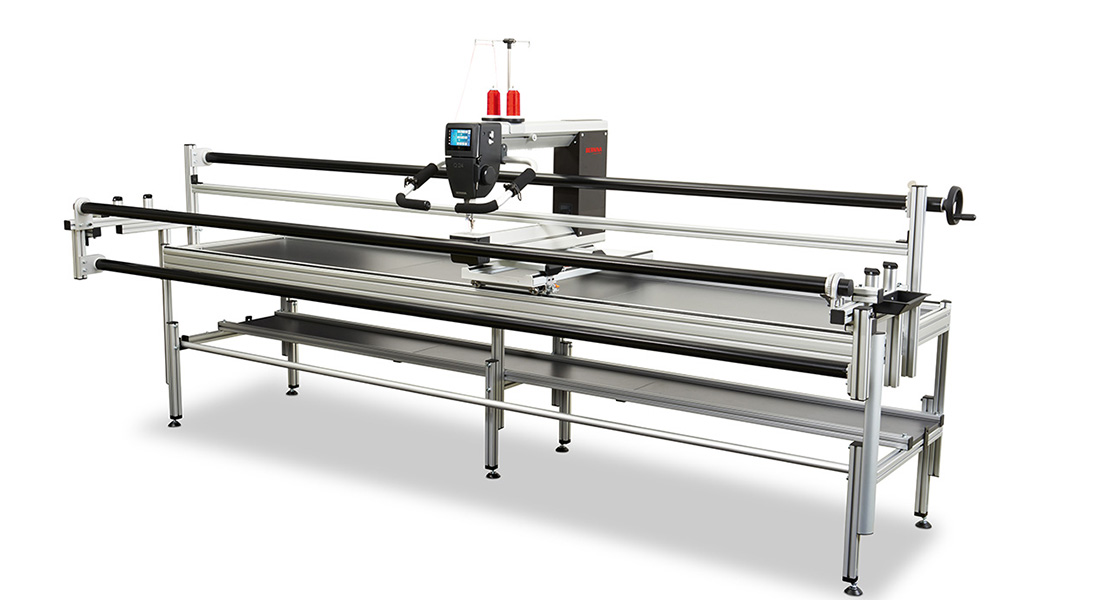
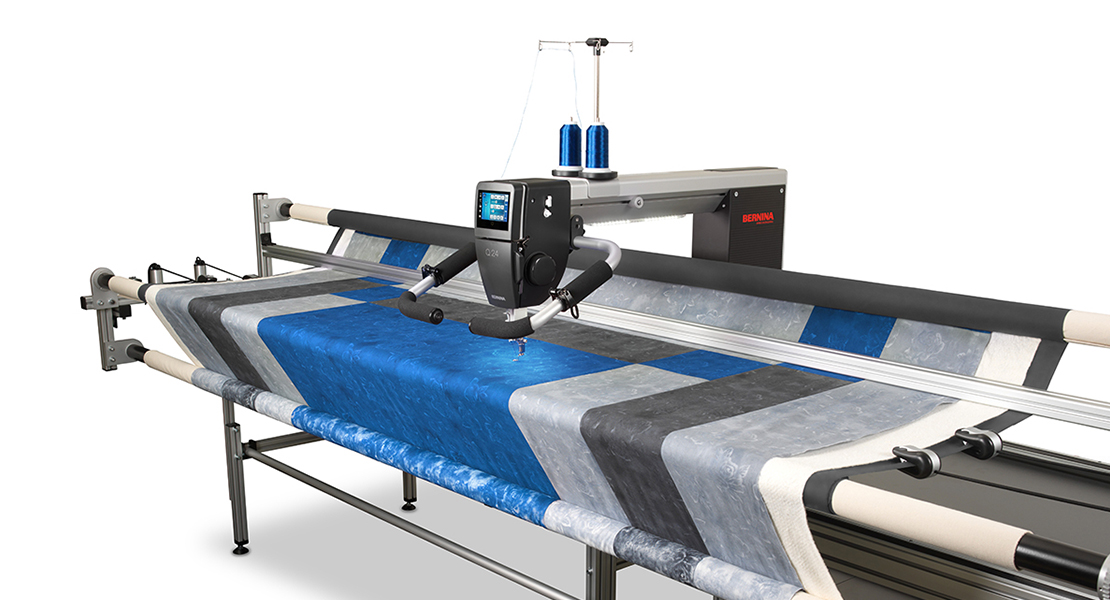
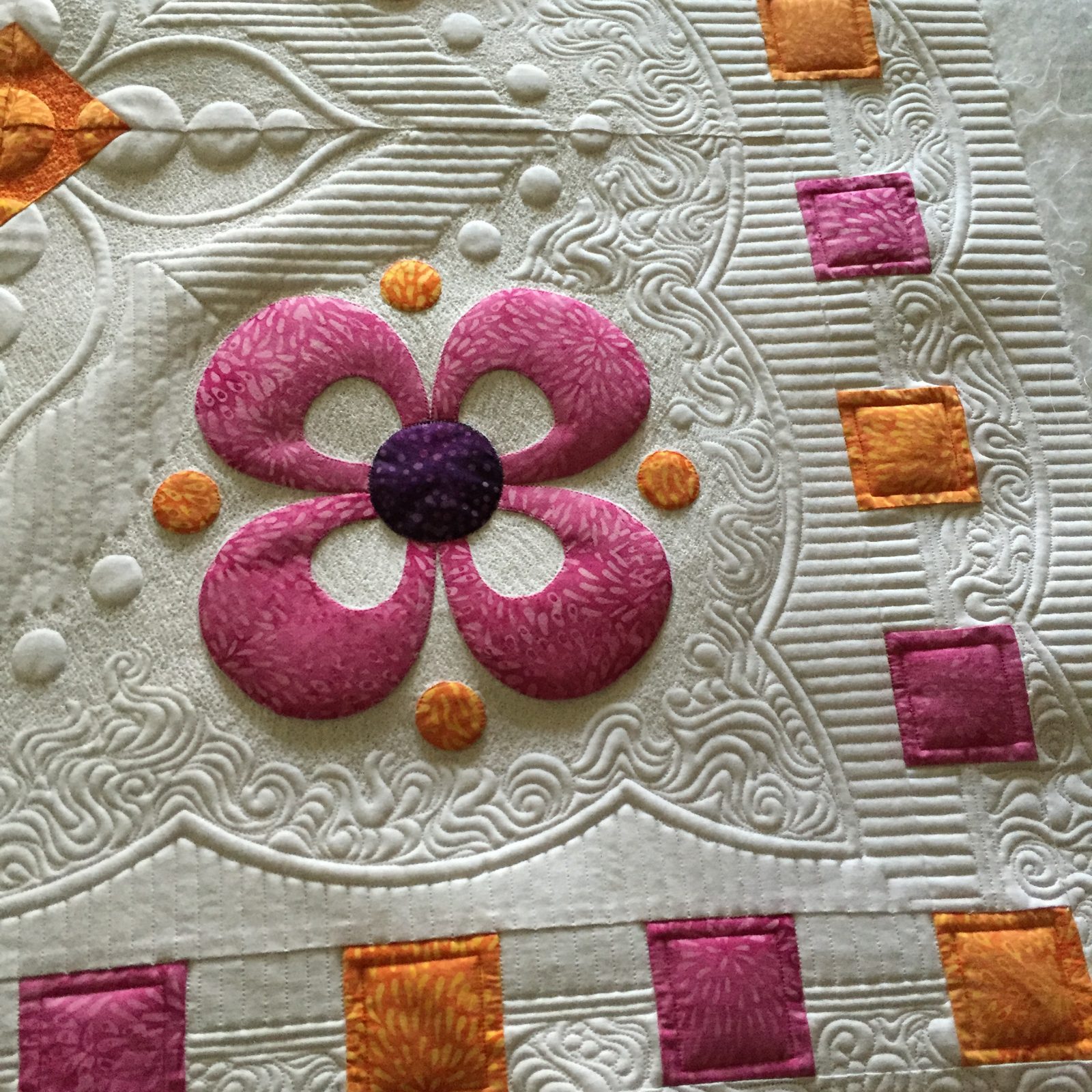
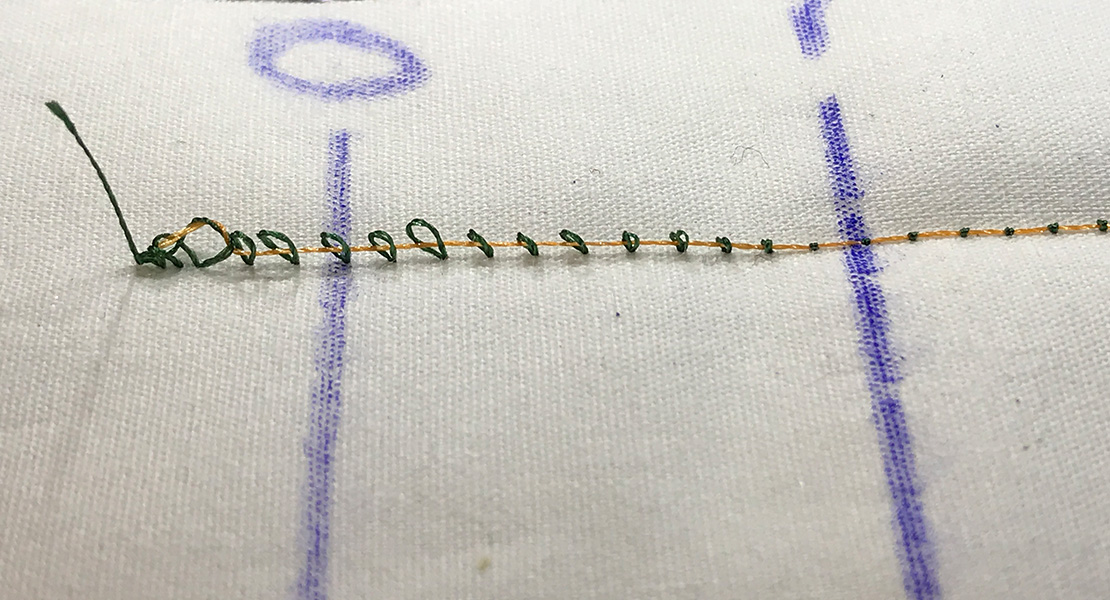
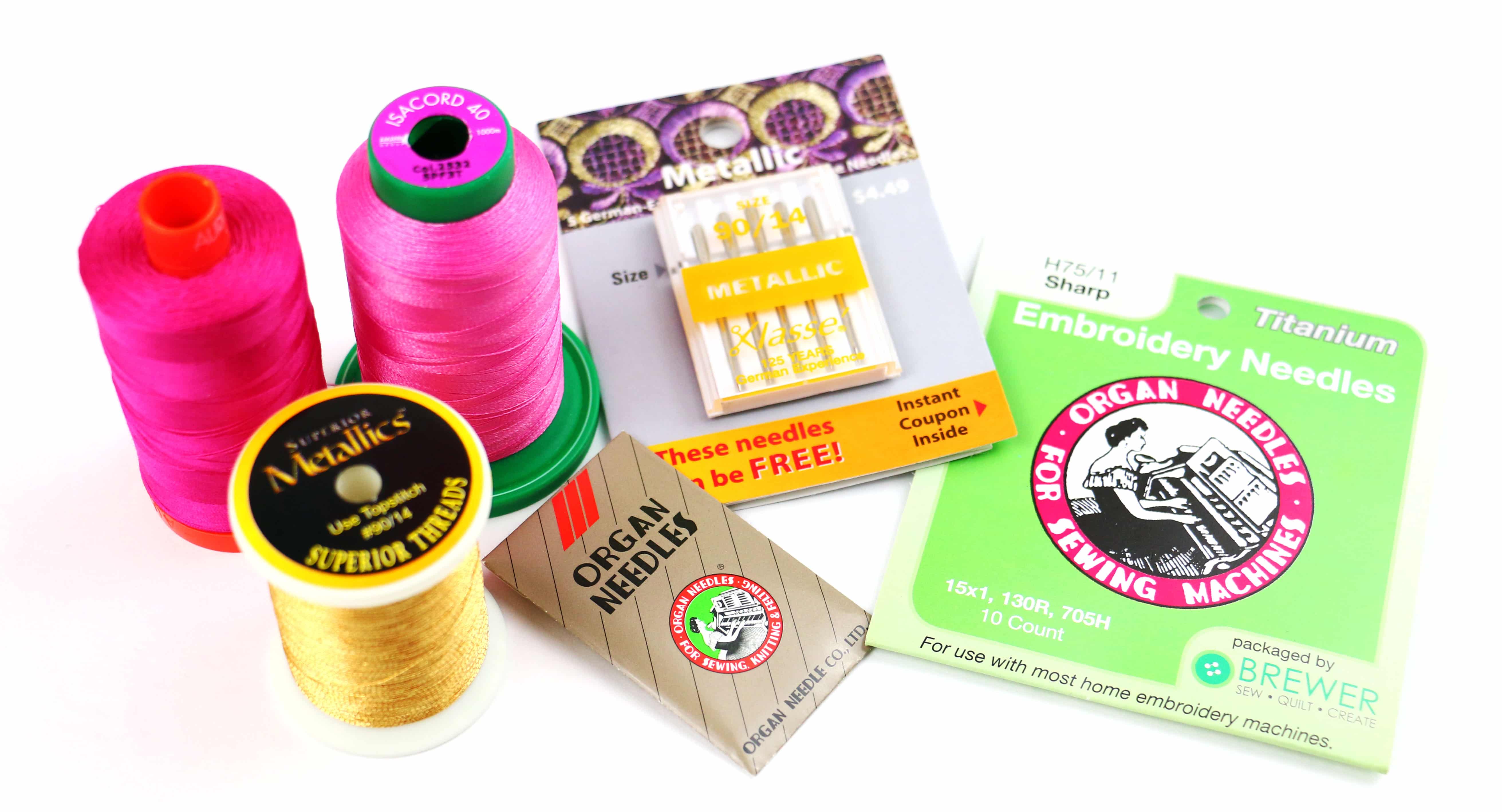
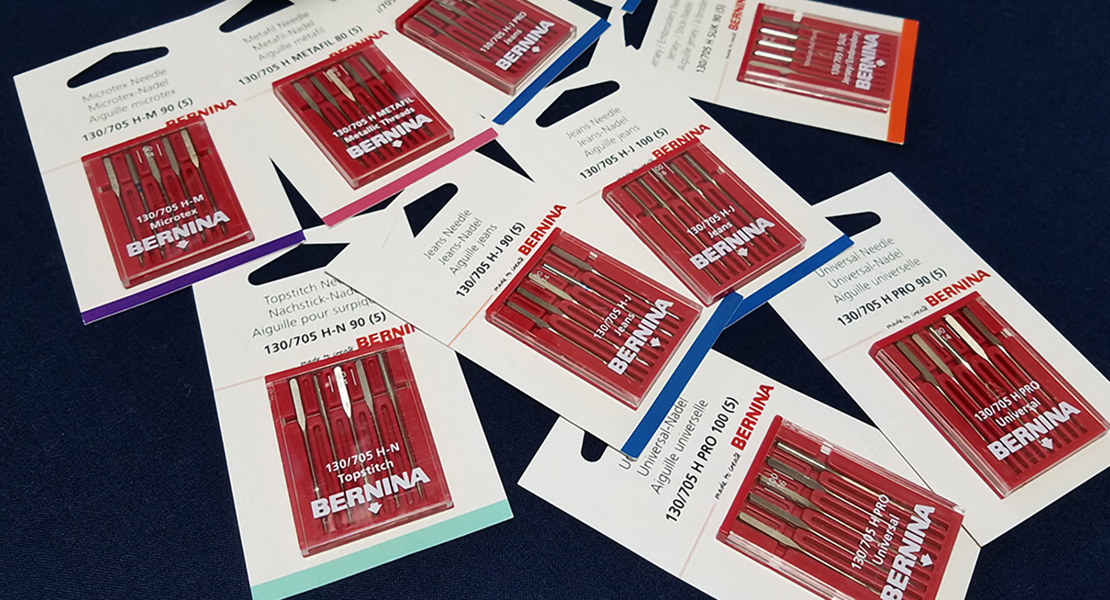
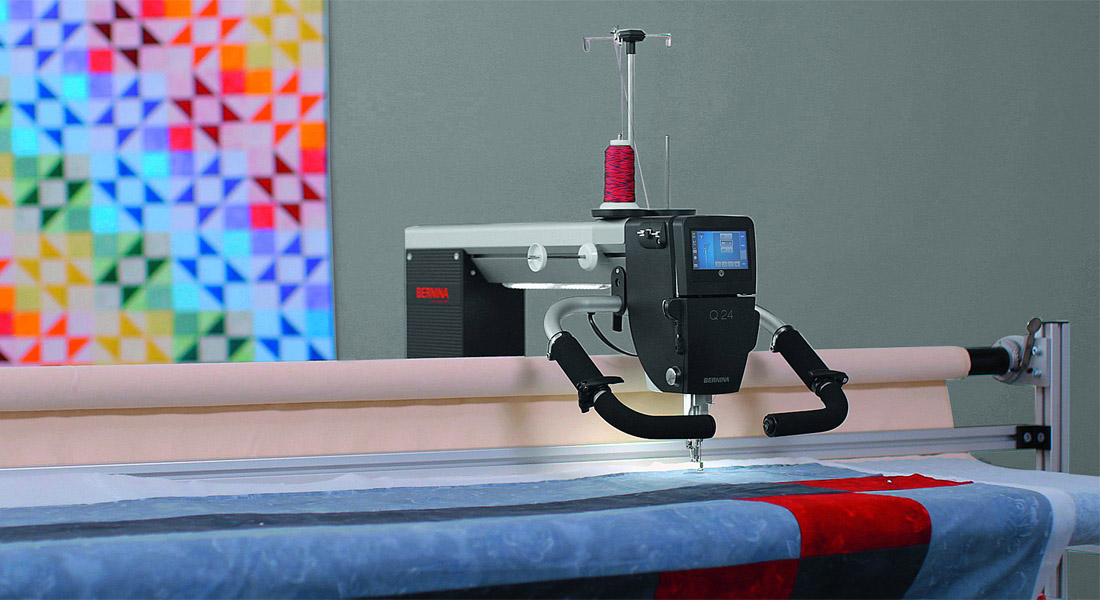
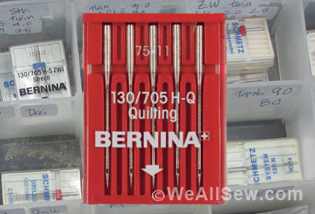
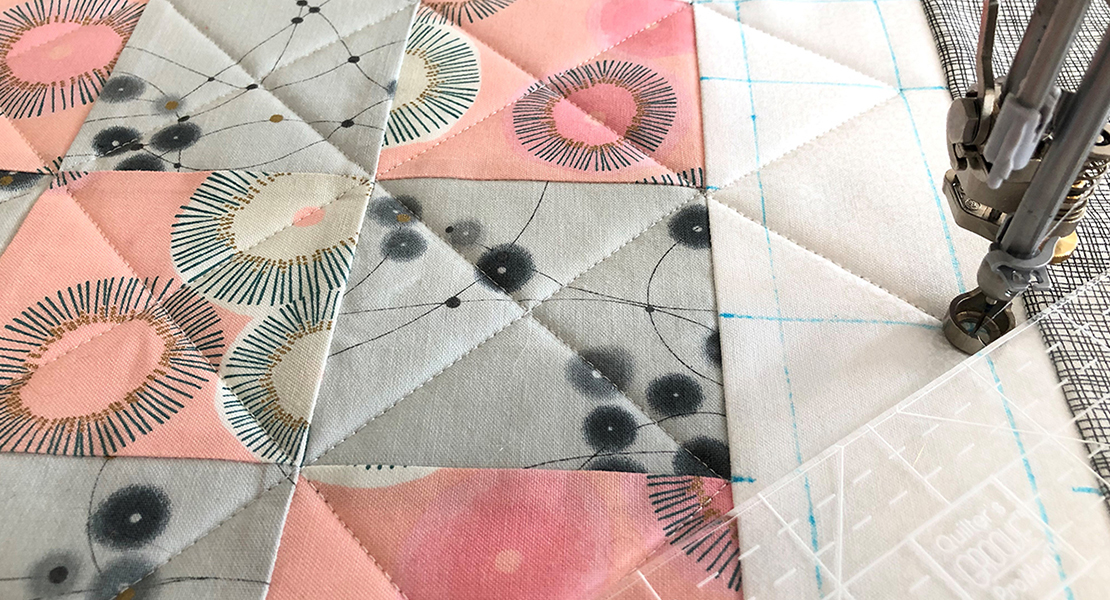
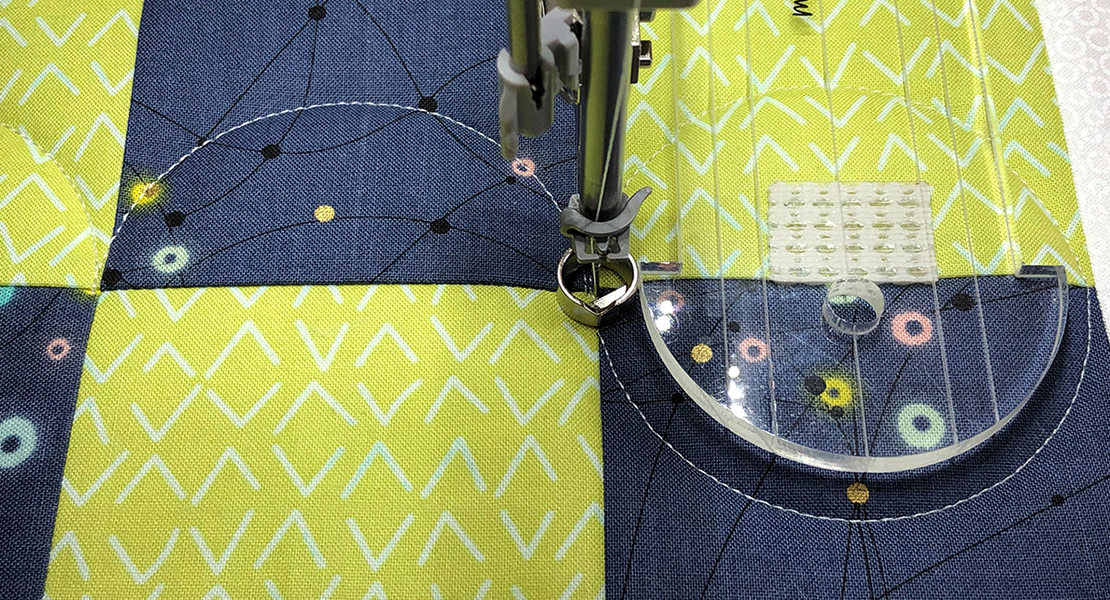
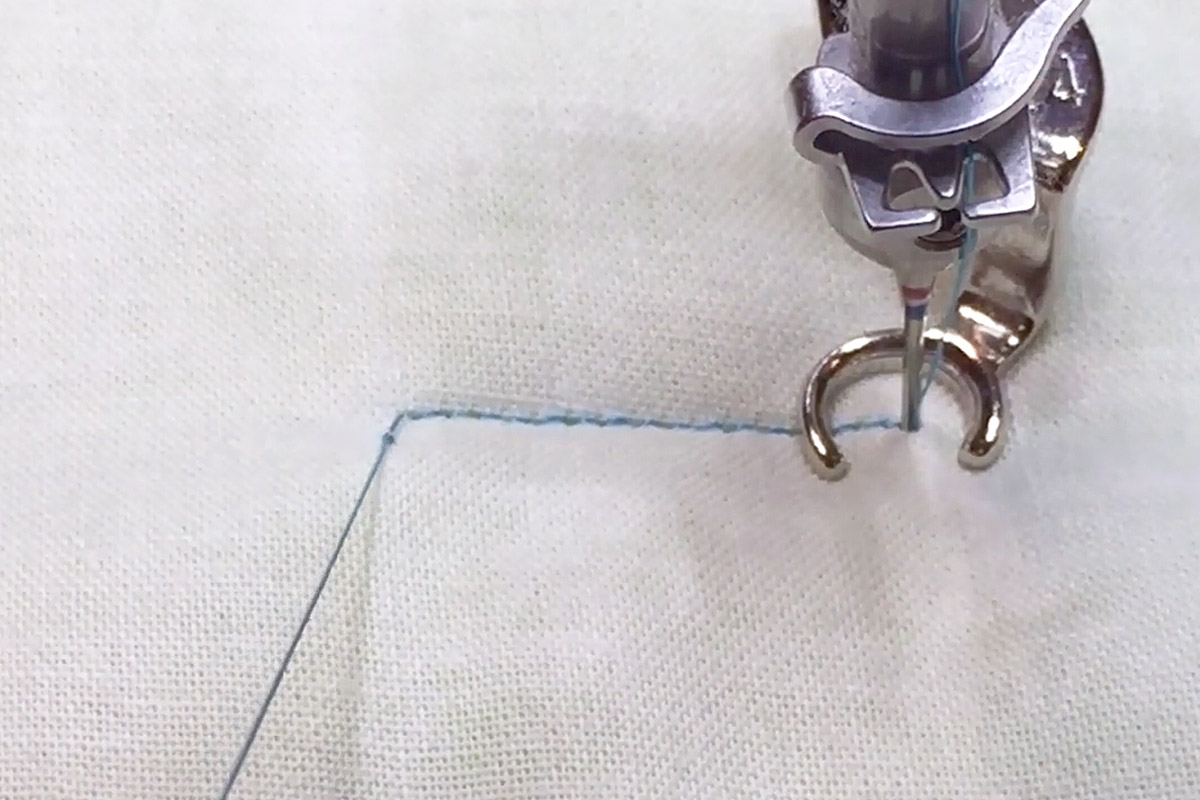
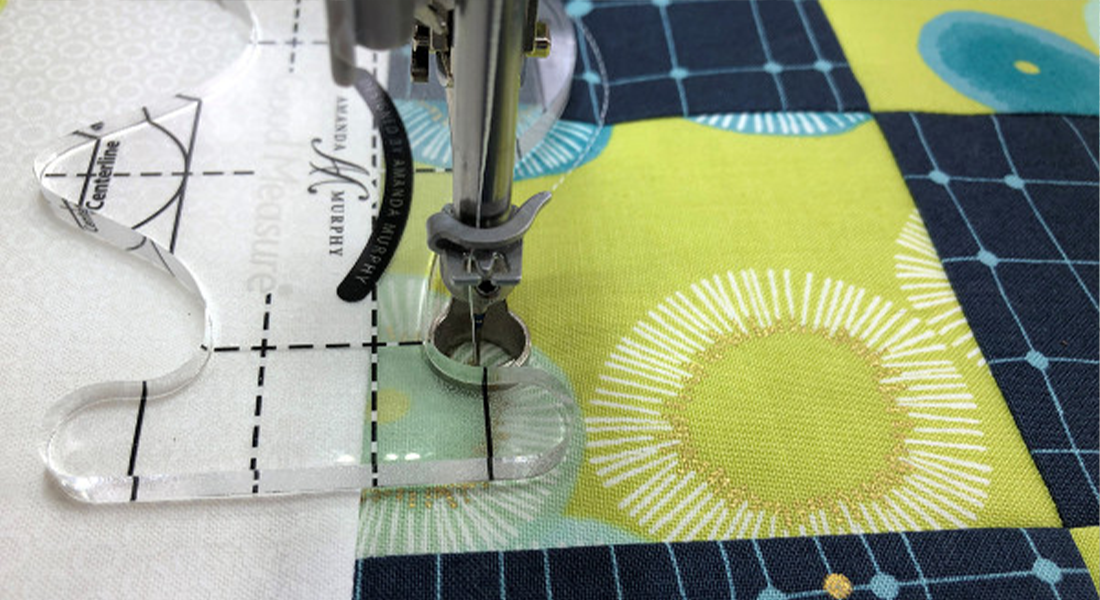
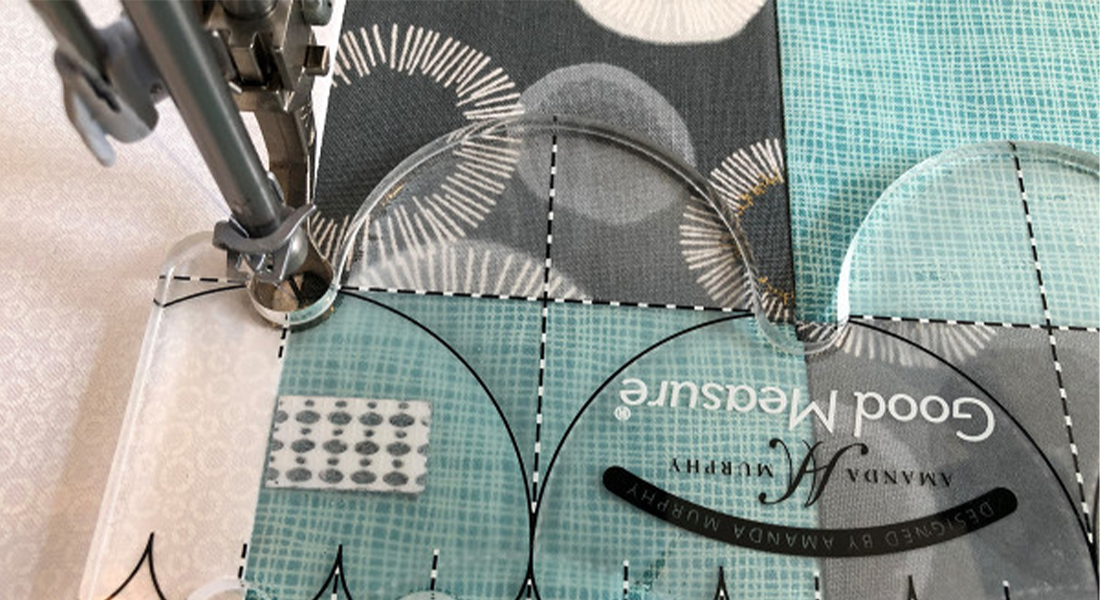
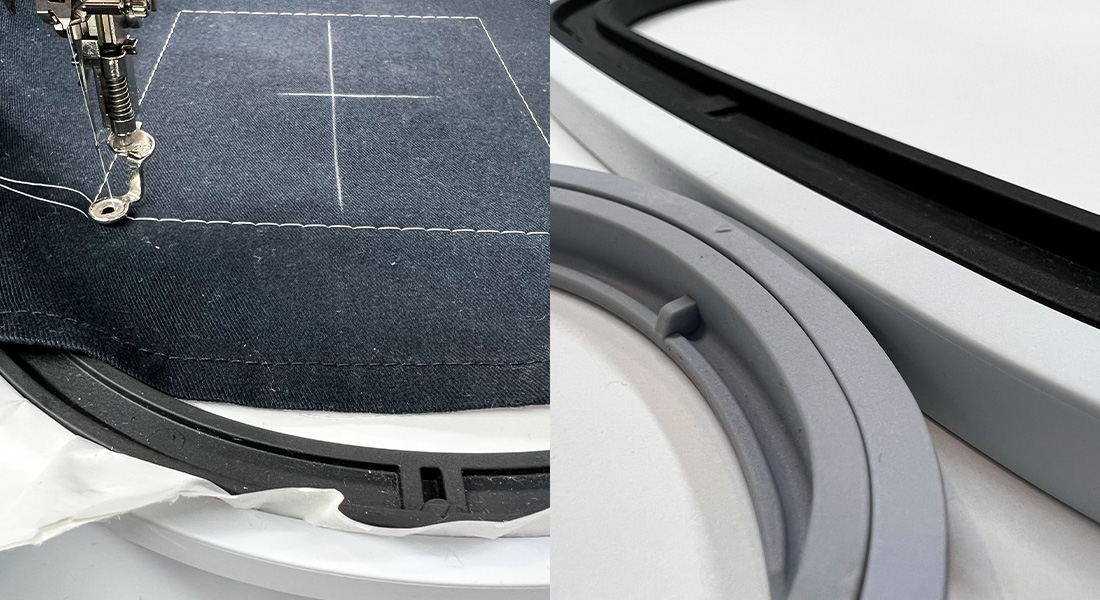
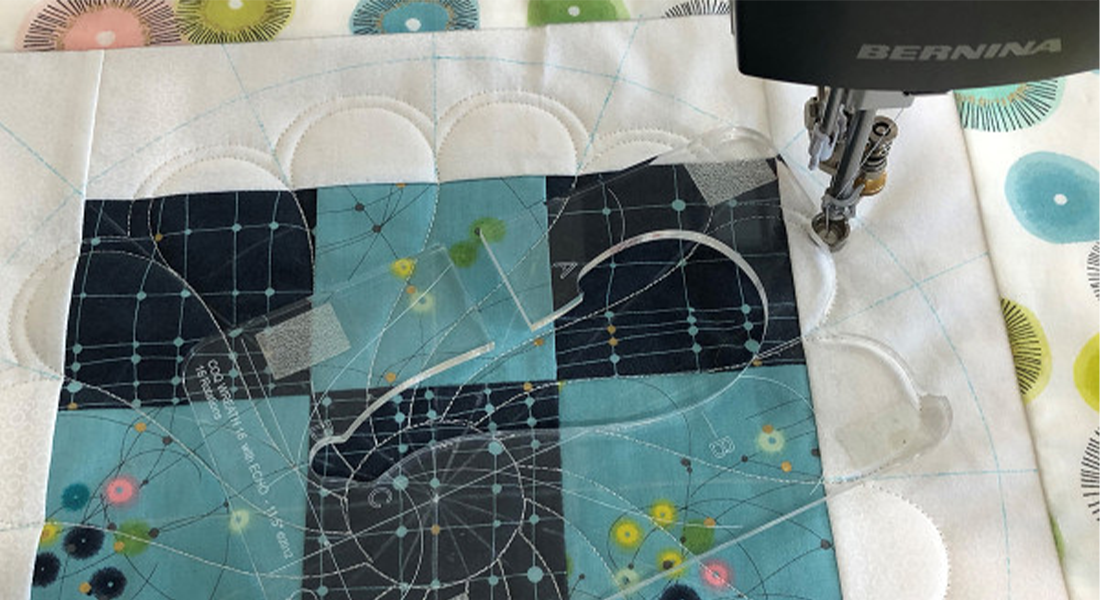
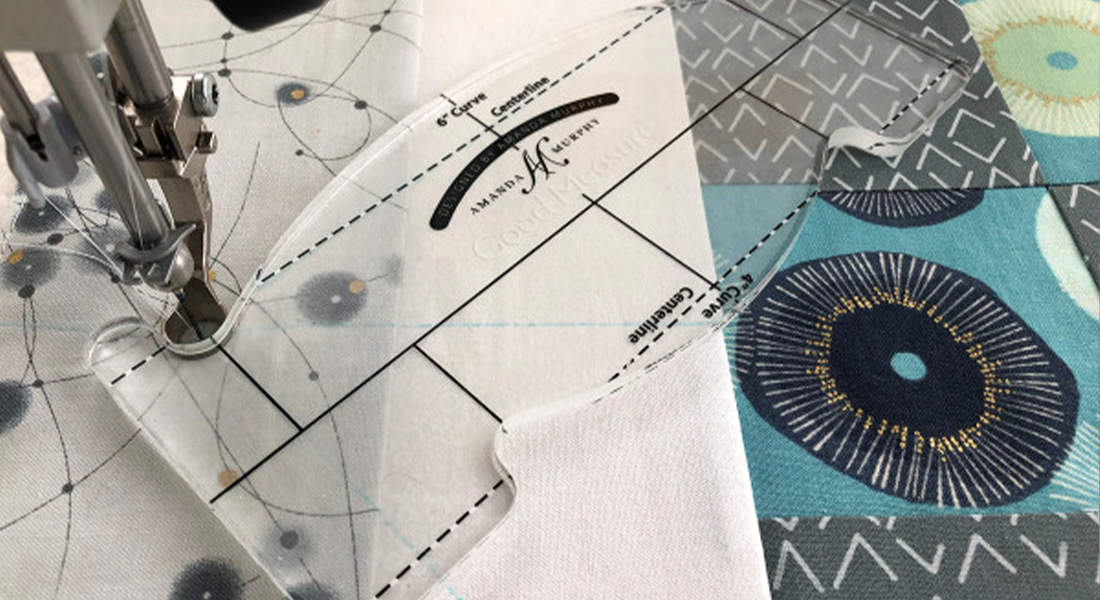
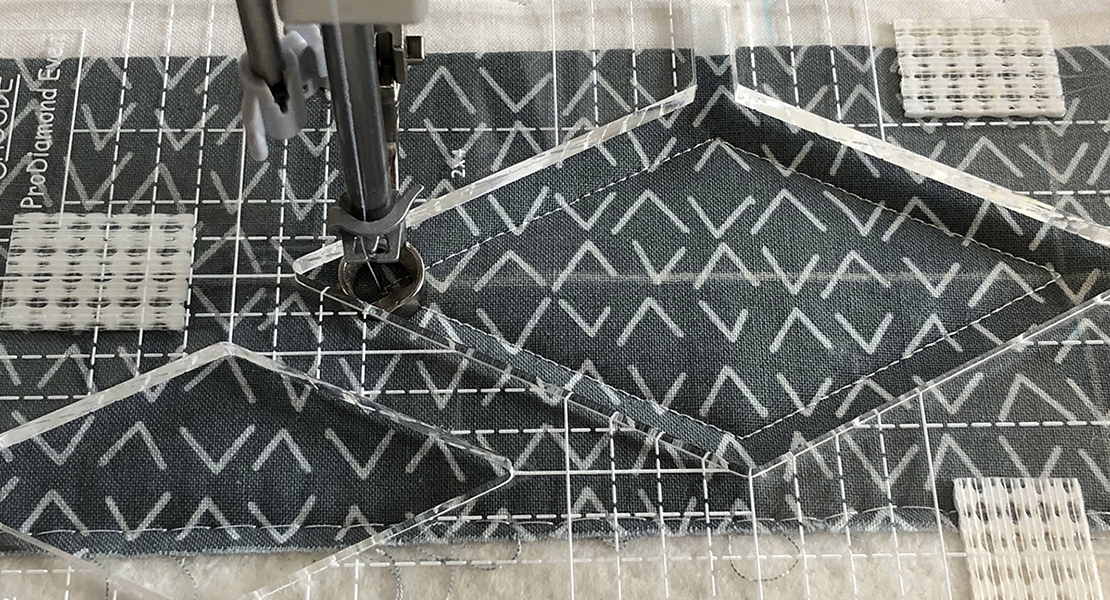
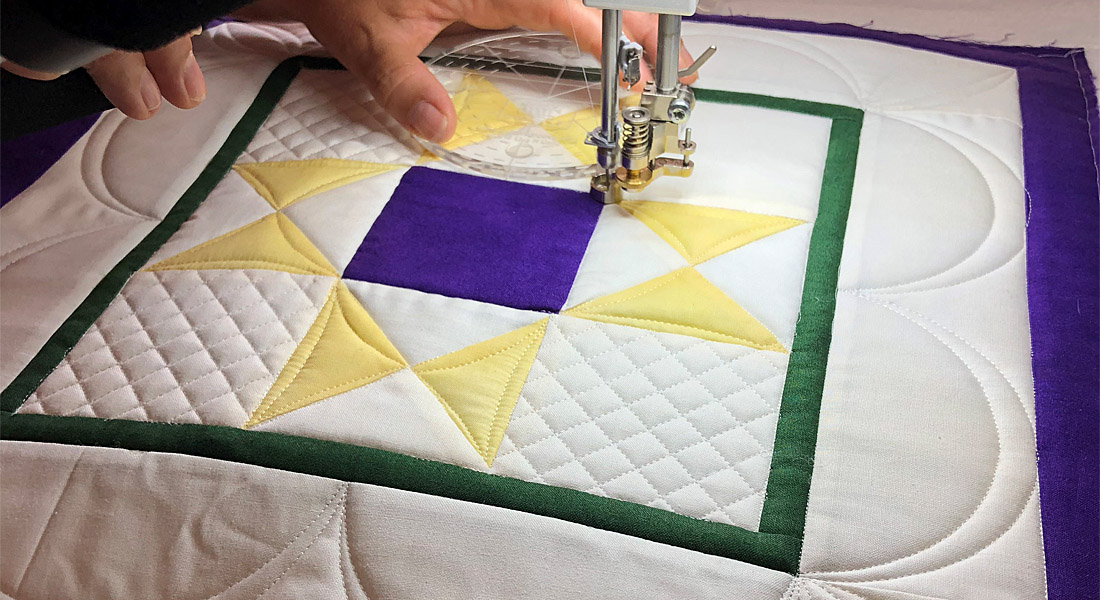

Thank You for these detailed and simple to follow instructions! I’m just starting out on this amazing journey and have been reviewing all of your Longarm Quilting for Beginners series. They have been so helpful!